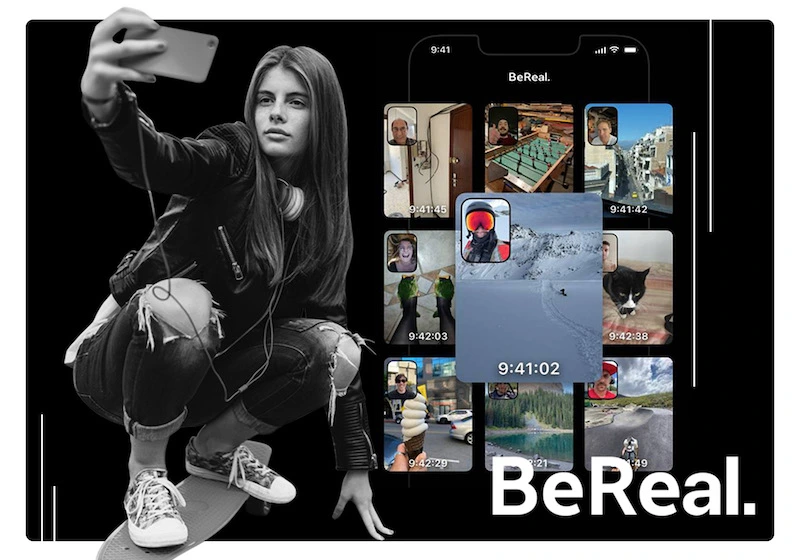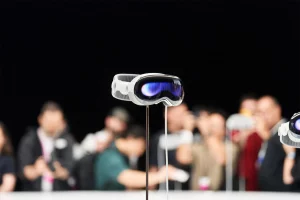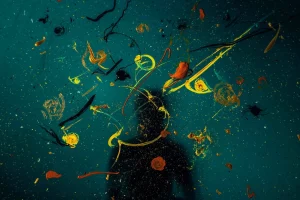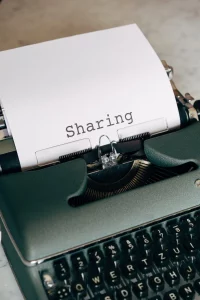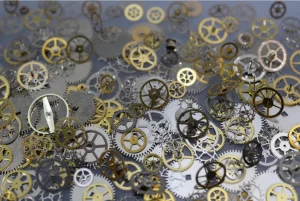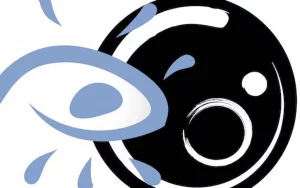A simple small cardboard rectangle, 35 mm in height, 45 mm in width, that’s the designated frame to define our identity, to prove that it’s really us. This representation, which has persisted since the 19th century, may seem entirely antiquated, yet the front-facing photographic portrait still constitutes our official identity even in 2023.
It is supposed to encapsulate the individual and enable recognition by others, by society as a whole. This photographic key, captured at a particular moment, keeps distancing itself from us over the months or years, but it still validates our own identity. Through this photo, we also become responsible for our identity, and we must justify it at any moment with this piece of paper.
Today, with the advent of the digital world, this outdated portrait could have disappeared; surprisingly, it has instead multiplied. Accessible to everyone and at our fingertips, each person has embraced this mirrored image and presents multiple versions of themselves. This almost delirious growth of our reflection encourages new definitions of self-representation
History: From Portrait to Identity Photo
About fifteen years after the official birth of photography in 1854, a man named Eugène Disdéri devised a multi-lens camera that allowed him to combine several shots on a single plate. This technique significantly reduced costs, making it possible to offer portrait cards to customers at an affordable price. It was a real success! In 1864, more than 2,400 visiting cards were produced daily by Disdéri’s Parisian studios. Even Napoleon III succumbed to these photo visiting cards for his own propaganda. Thanks to this more economical process, photography became more accessible and was no longer the exclusive domain of the wealthy. These portrait cards truly revolutionized photography, and thousands of them were created until World War I.
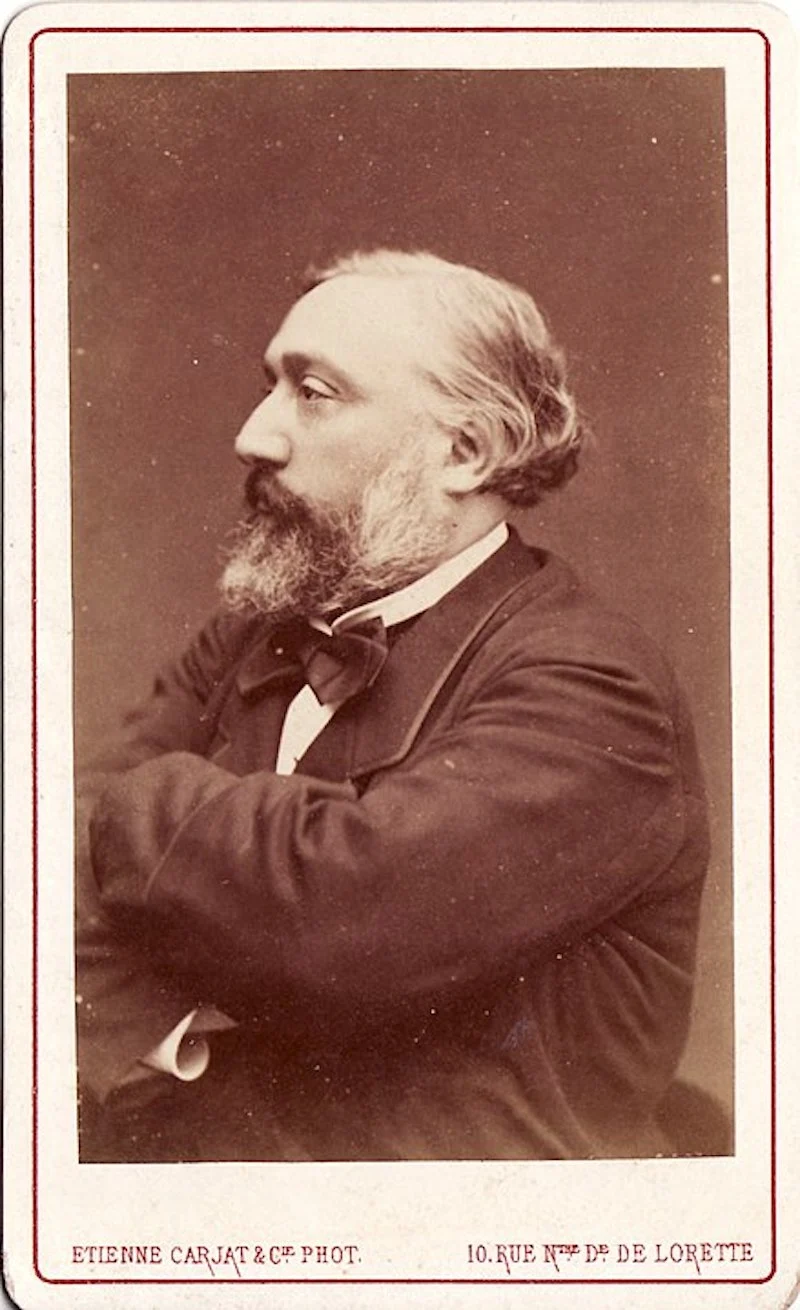
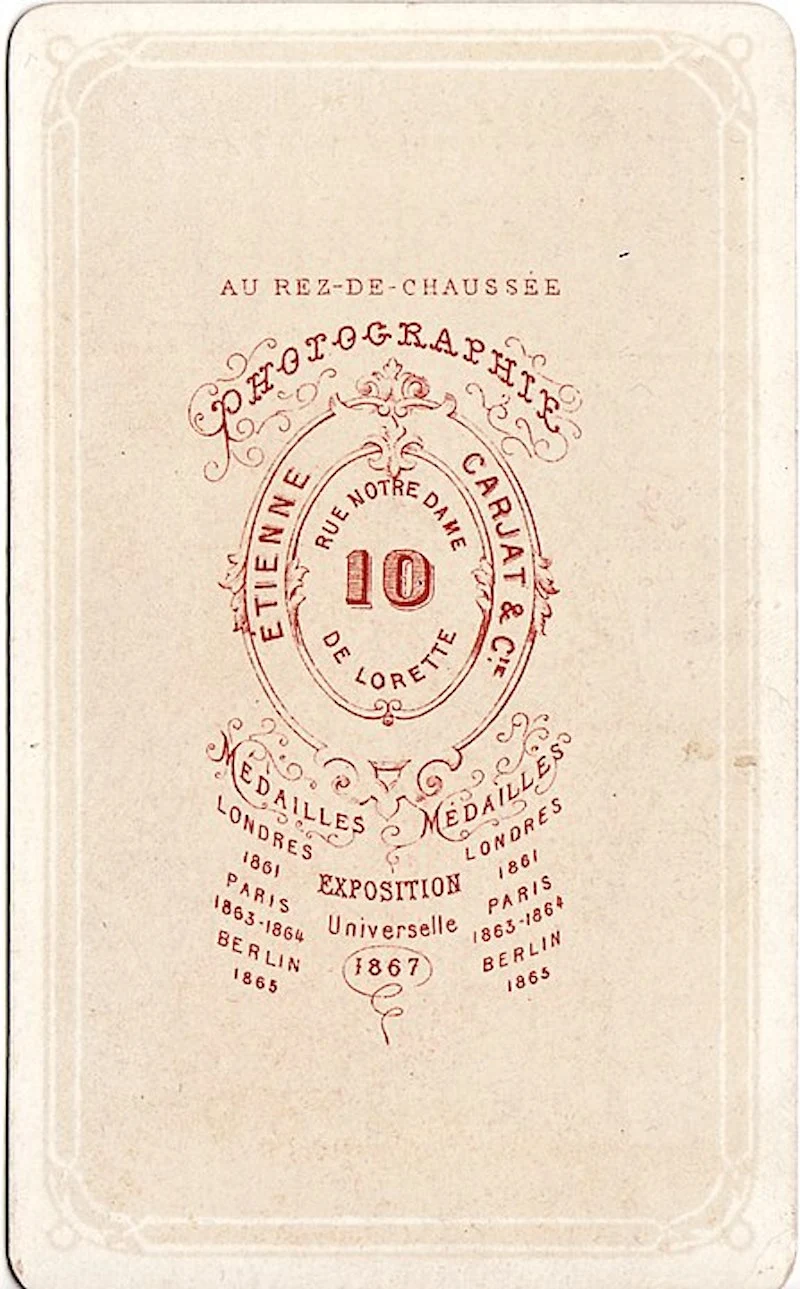

Jean Poyet, a painter and studio photographer in Épernay, takes things further and adds sophistication to portraits by creating actual settings: painted hangings, drapery, foliage, armchairs, the photographic calling card becomes more elaborate, and in some cases, even repainted.

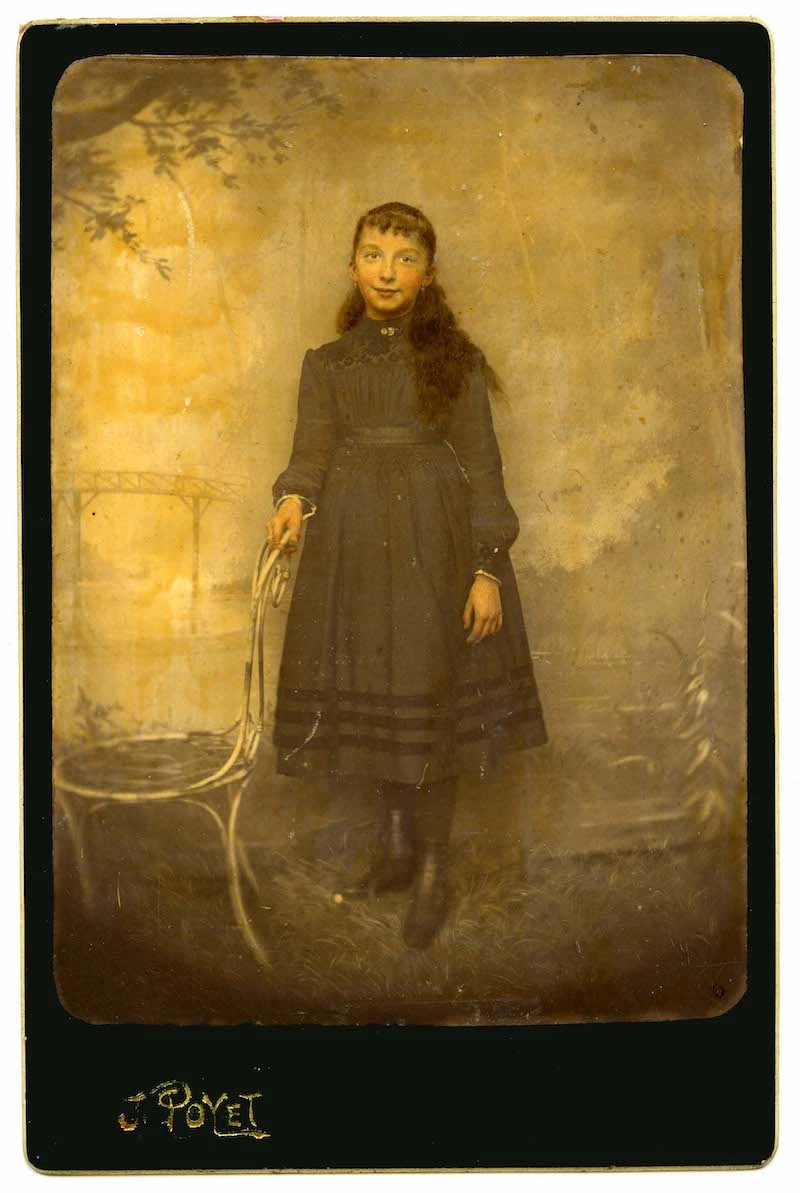
From the photo visiting card to anthropometric photography
From criminals to the entire French society
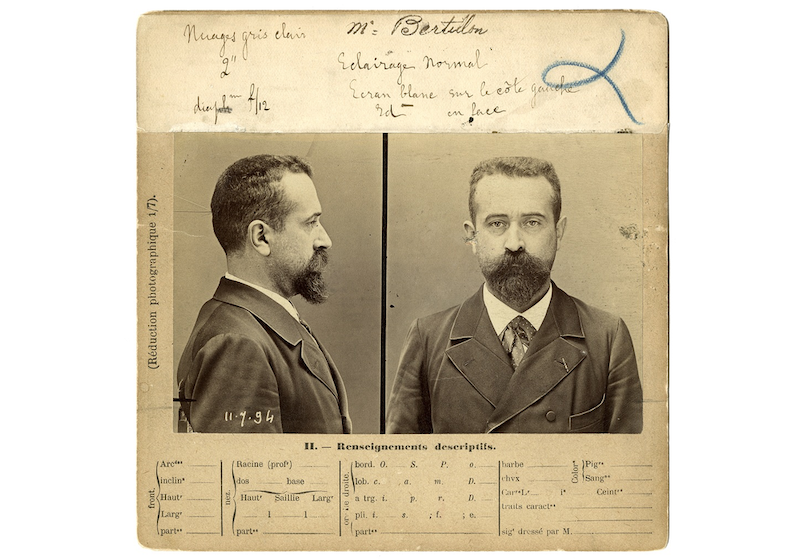
The Wallet Photography
The 2023 “Rencontres d’Arles” showcased the photographic work of a photography studio in Marseille, which took place between 1966 and 1985. This work highlights the significance of identity photos as the first element of integration for a population seeking a new homeland. The Rex studio has an extensive archive of these wallet photos, some of which are cherished by their owners. They are described as “genuine talismanic images that accompany their bearers, (…) intimate witnesses to fragments of emotions that reveal the visual foam of sensitive memories, stranded in a port city at the crossroads of three continents.”
The portraits feature serious expressions, dignified postures, and European attire that reflect the significance of the stories behind these images.
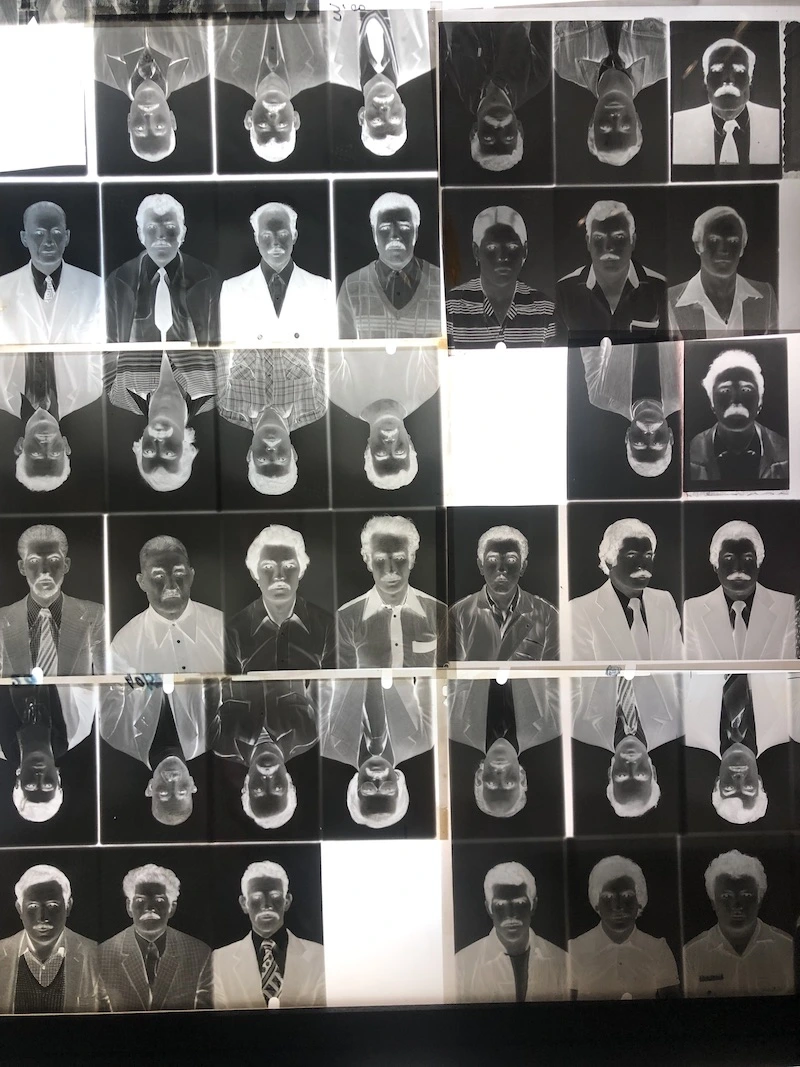
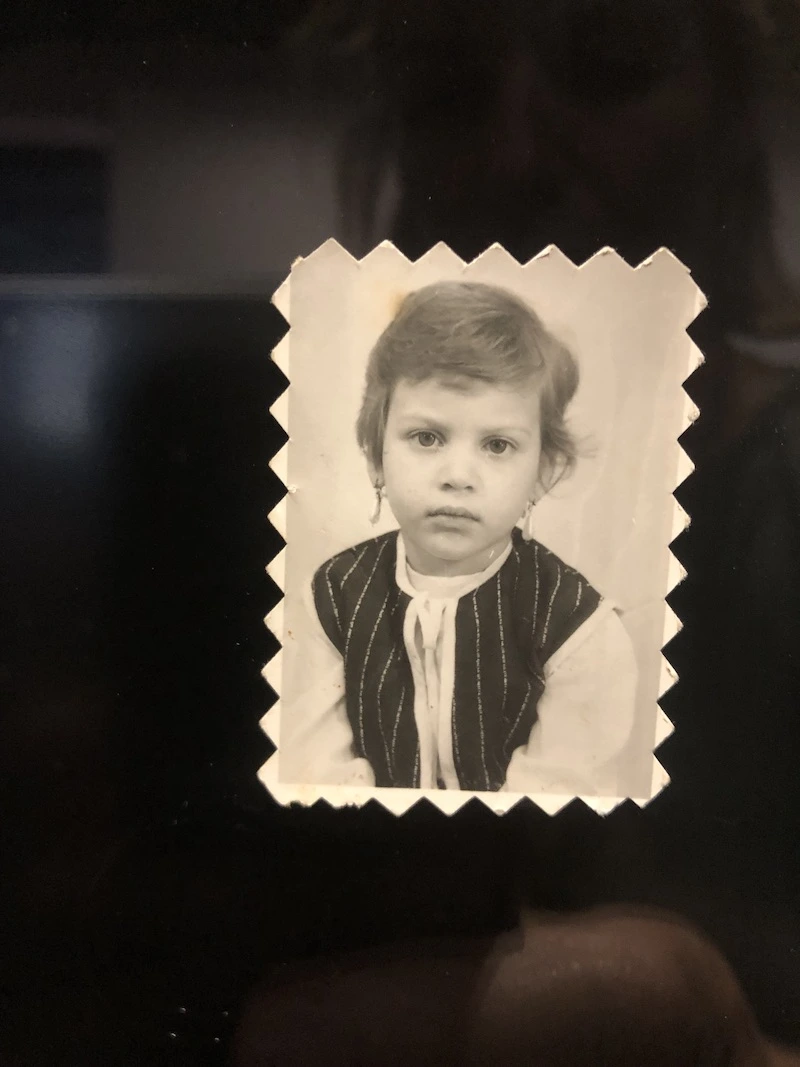


Administrative photo in 2023: What does the law say?
The 2009 law strengthens the specifications set in 1940: The background must be light in color, but white is prohibited. The head must be uncovered, and head coverings are not allowed. The subject must adopt a neutral expression and keep their mouth closed. The face must be unobstructed. The eyes must be perfectly visible and open. Thick eyeglass frames are prohibited, and tinted or reflective lenses are forbidden.
With all these requirements, this self-image is often considered a trial, even a genuine betrayal. Who looks beautiful or handsome in their passport or health insurance card photo? The identity photo is not the one we want to show. In reality, this immobile, emotionless face does not resemble us and does not truly represent who we are.
The Arrival of the Photomaton
The invention of the Photomaton in New York in 1926 revolutionized identity photography. A sense of freedom was expressed behind the accordion curtain and within the booth where one would sit, having chosen their background color and unraveled the stool. Although originally created for administrative photos, whimsical antics, solo or with a partner, started to unfold in this more intimate mini studio. It became a true playground for photography, filled with fantasy, far from the serious nature of identity photos. What made this booth placed in public places so appealing? Simply insert a coin, a studio hidden from prying eyes, and receive 4 small photos within a few minutes after the exposure.


Artistic Diversions of Identity Photos
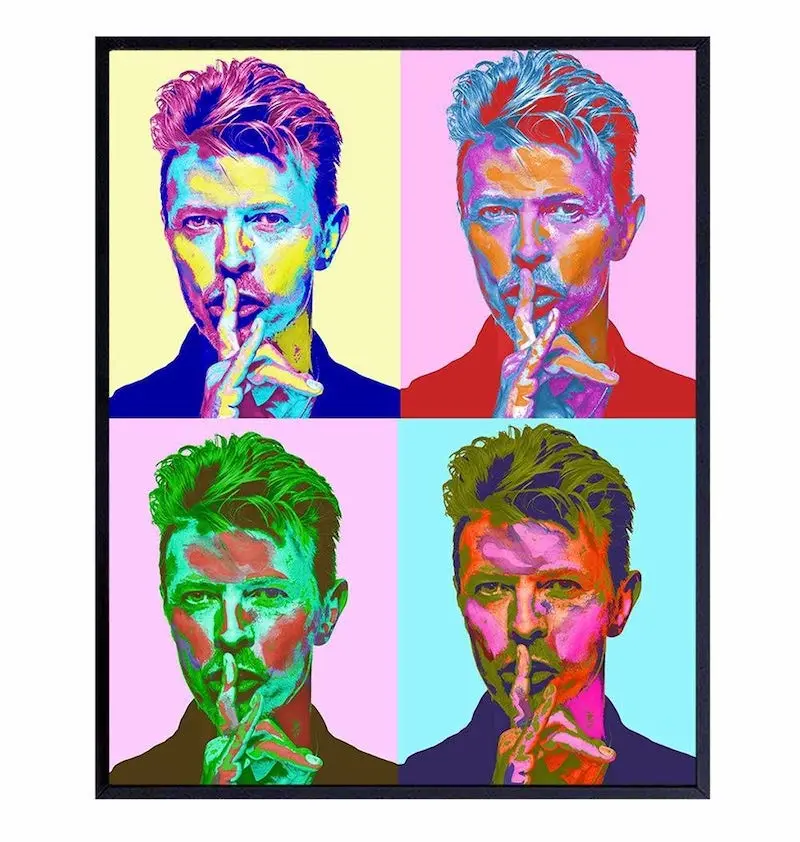


The festive and contemporary identity photo

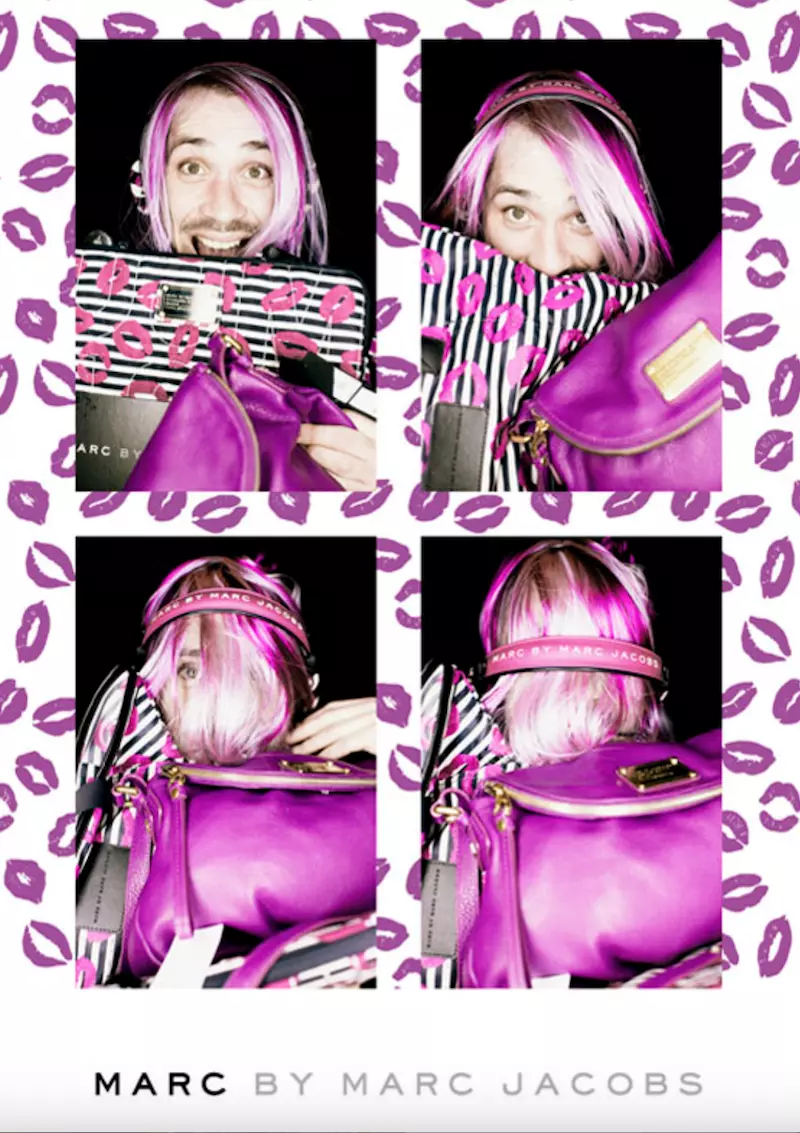
21st Century: The Delirious Overproduction of Our Identity
Is the photomaton the ancestor of the selfie?
This joyful freedom in self-representation redefines our identity in a certain way. With the advent of smartphones equipped with cameras and the creation of social networks such as Facebook (literally the book of faces), Instagram, Twitter, professional platforms like LinkedIn, or dating sites like Tinder, the number of portraits visible on the web quickly multiplied.
Another element that radically changed our relationship with images is the ability to do without the presence of a photographer. No longer a need for someone else; just like the photomaton, we can now take self-portraits. The narcissistic wave known as the selfie takes root. Every “me” is immortalized, shared, thrown into the virtual world. Everyone can take their identity photo from wherever and whenever they need to.
The facets of ourselves constantly staged
The profile photo is constantly modified, depending on mood, travels, and encounters. It showcases multiple “selves,” a genuine fragmentation of identity. This proliferation of images leads to new definitions of identity and self-representation, in relation to others, to oneself, and to the screen… We can see how the stakes surrounding digital identity and, more specifically, profile photos are constantly evolving.
Small adjustments to the reality of our appearance
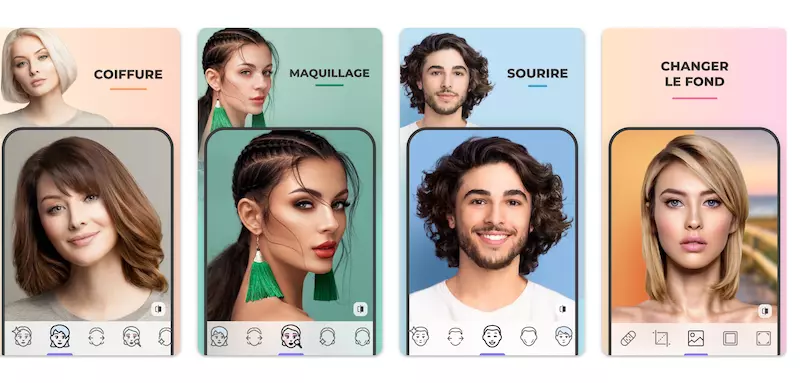
Artificial Intelligence in Aesthetic Photography
